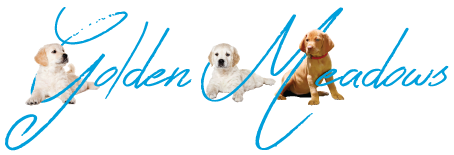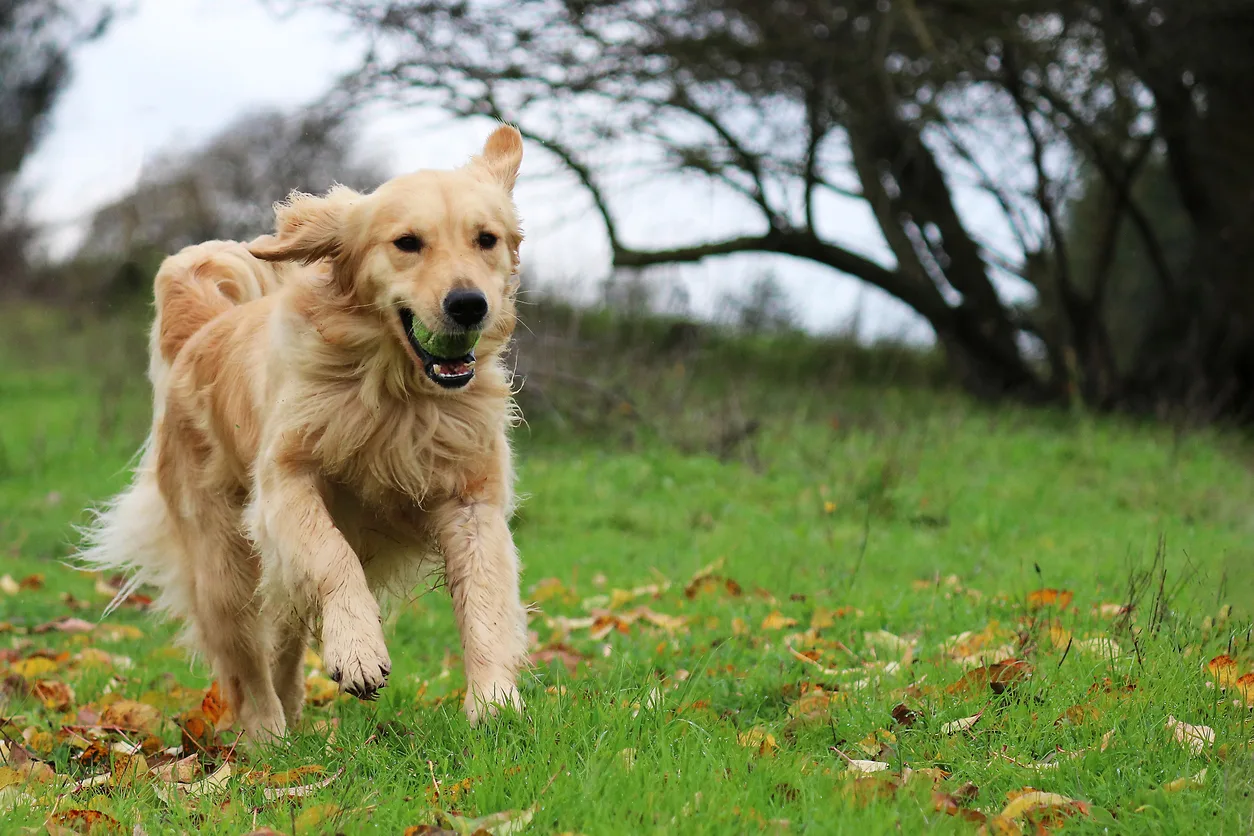So you finally made the jump and got a puppy. Congratulations! You’re in for an incredibly fun first six months, a few some-odd challenging years in between, and a lifetime of unconditional love and sweet, treasured moments. Your pup will start as a distracted little bundle of energy, and will (hopefully) mature into an amazing, confident, well-rounded dog – especially with your dedicated support and guidance along the way.
Speaking of support and guidance, as a prepared puppy parent, you know that your new furry friend needs you more than ever in his first two formative years. Like young children, this is the time when your pup develops his intellect and manners. From around six months to two years of age is the best time for you to encourage mental development and smarts.
While training (including basic commands and obedience) is one of the best ways for your pup to flex his brain power, playing fun canine games can be beneficial, too. To help you get started, we’ve put together a list of our top five favorite stand-out brain-boosting games for puppies under a year old.
Hide-and-Seek: Nose Training
This one’s best played with little ones (if only because they can hide behind couches and chairs more easily). Have someone in the house hide and stay absolutely silent; release the puppy from the other end of the house or yard. Encourage the pup to locate the hidden party by scent and exploration alone. When he eventually wins, reward him with a treat or plenty of love.
Furry friend not quite catching on? This game is best for dogs over six months; before then, the sheer distraction of their surroundings may throw them off track.
Red Light, Green Light: Impulse Control Training
This game is great for puppies of any age (and sometimes even older dogs, too). Not only does it encourage your pup to think, but it also encourages obedience and handler response, too. Begin by putting your pup on a leash and placing a single high-motivator treat or item approximately 20 feet away.
Next, say “green light!” and begin to walk forward a few feet. Stop, and immediately say, “red light!” If your pup pulls, stay in place and gently redirect him back until he’s seated beside you. Repeat the process as many times as it takes for your puppy to understand that green means go and red means stop.
Don’t be surprised if the first few tries are disastrous, especially if you have a very impulsive pup. It’s okay to help him sit, redirect him, take a break, or encourage him to lie down along the way. And it’s okay if he makes mistakes; just be sure to follow through!
Once your puppy reaches the treat, let him have it!
If your pup is particularly crafty, and already “gets” this game, you can make it more difficult by removing the leash. If he bolts to the treat or tries to steal it, remove it and start over again.
Muffin Tin Game: Enrichment Training
This game is super simple and yet really fantastic for encouraging your pup to really think. Start with a set of tennis balls and a muffin tin, then grab a handful of your pup’s most tasty and tempting treats. Hide a single treat in each section of the muffin tin and then place the tennis balls over the treats. Set the puzzle out on the floor and encourage your puppy to find his way to the “goods.”
Obstacle Coursework: Agility Training
Puppies under the age of six months all have one thing in common: they’re incredibly clumsy most of the time. Like infants, their hand-eye coordination comes with time, and the more they practice, they better they get at staying upright and not tripping over their own (adorable) little feet.
While canine agility tracks are better suited for older dogs, they’re too advanced and complicated for the littlest puppies, but you can capitalize on the concept and create your own homemade obstacle course right at home.
Start with chairs, cushions, large bowls, toys, or anything else that’s bulky enough for him to safely dodge, climb over/around/under, or jump over. Use them to create a maze that your puppy needs to navigate before he reaches you (or a treat). Have someone else sit at the start while you sit at the end, then release him and encourage him to find his way to you. When he succeeds, reward him justly.
This game is particularly useful for young puppies of pet parents who plan to show or engage in sports later on down the road. Whether it’s canine agility training or sporting, the increased coordination will help your puppy be better at what he does.
Treasure Hunting: Multi-Sensory Stimulation Training
Like the agility obstacle course, the treasure hunt maze game requires your puppy to engage his navigational brain to find a treat (or perhaps just you). But this one’s different because it blocks the pup’s vision of his destination; instead, he’s encouraged to use his sense of exploration and adventure.
Because your puppy will run through the inside of the boxes, they need to be large enough for him to move through them easily. They’ll also need to be about the same size to join together properly.
The best part about this game? It makes for a great, little DIY project. Using 10 to 20 cardboard boxes (and an absolute plethora of duct tape), create several box tunnels. Make one of the tunnels the longest — this will serve as your main “hallway.” Then, cut holes into the sides of the main tunnel at various points and attach the shorter tunnels to them with tape.
You can make your cardboard box maze as complicated or as simple as you believe is best for your pup. For very young puppies, start with a single tunnel of boxes and only add on additional junctions once he’s confident in how the game works. For advanced play, spread tunnels all throughout the backyard with several turns, right-angles,and dead ends.
These fun and engaging ideas make the most of your puppy’s natural desire to play and explore, but they also encourage him to learn and adapt, too. Puppies learn and grow naturally through play in the same way as human children, and similarly, you should modify these games to best suit their needs, too. Watch your pup carefully for signs of frustration, anxiety, or fear; if he displays whale-eye or balks, he may be too young for a specific game or just not ready to leave your side. That’s okay; just set it aside and try again after a few weeks and several snuggles!

